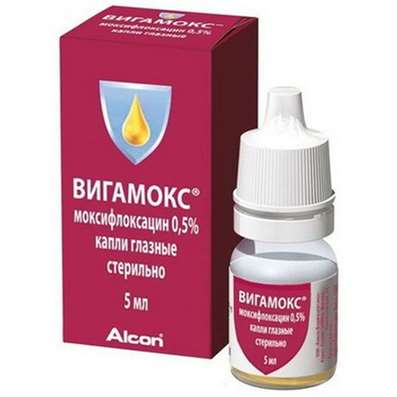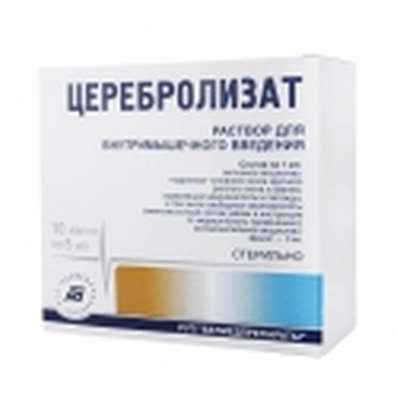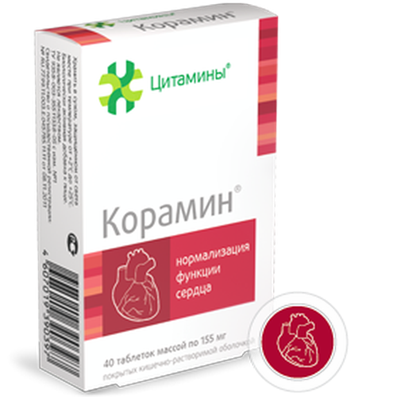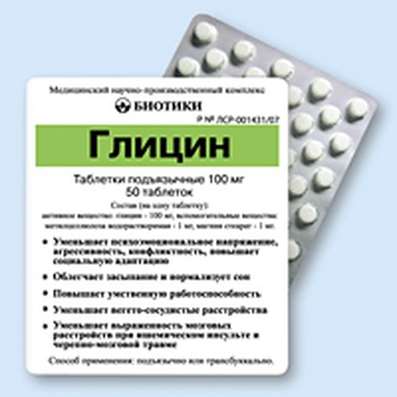Allergic Dermatitis
18 Dec 2016
Of the total number of all cases refer to a dermatologist allergic dermatitis is approximately 10-20%. Most often the disease affects infants and preschool children. The cause of atopic dermatitis is a delayed type hypersensitivity of the organism, which manifests itself in response to contact with an irritant.
The development of allergic dermatitis can influence genetic factors, poor environment, emotional disorders. For reasons also include the development of a direct contact of the skin with a substance that causes hypersensitivity. At the moment, there are more than three thousand. The unequivocal answer to the question whether the allergic dermatitis is transmitted by inheritance, does not exist. It is not contagious and can not be transferred from a sick person to a healthy.
Symptoms of allergic dermatitis
At the initial stage on the skin formed a rather large red spot, against which later formed small bubble formation. Manifested and accompanied by itching and rash. More common in children. Allergic symptoms can occur on the forehead, cheeks, arms, legs, head. At older ages, may be localized in the elbow bends.
Atopic dermatitis in infants
The main symptoms of atopic dermatitis in newborns are redness on the cheeks, rash and pruritus. The disease may occur in the newborn baby also in cases where the pregnancy was complicated. Atopic dermatitis in infants may occur when artificial feeding, as well as through breast.
Allergic dermatitis drug
Widespread drug allergic dermatitis due to factors such as uncontrolled use of drugs for the purpose of self-treatment. There are quite a large number of drugs that often cause allergic dermatitis drug. These include penicillin, procaine, streptocid, cyanocobalamin, methylcobalamin, wobenzym etc. You can buy online - Vitamin B12 cyanocobalamin injection. Fixed drug allergic dermatitis is characterized by the appearance of one or many spots round or oval the size of about two or three centimeters, which in the course of a few days change their color and take on a brownish tint. In the middle of these spots may appear bubble formation. After discontinuation symptoms usually disappear after about 7-10 days.
Professional allergic dermatitis
It is part of a group of skin diseases, developing under the influence of chemicals. It arises as a result of prolonged exposure to water on the skin, cutting fluids, organic solvents, weak acid and alkaline solutions. Symptomatology of the disease involves rapid drying of the skin, its peeling, damages such as cracks, mainly in the areas of brush and forearm. On the surface of the skin there is an acute inflammatory process due to direct contact with the production stimulus. On the site of the lesion appears erythema, edema, vesicle formation and bubble with serous or bloody-serous composition. The patient experiences a burning sensation in the affected place, there is pain, rarely - itching.
Neuro-allergic dermatitis
Contribute to the development of neuro-allergic dermatitis can stress, endocrine system diseases of the gastrointestinal tract and a weakened immune system. As a result - the inadequate response of the immune system on the impact of various external and internal factors. Treatment of neuro-allergic dermatitis in each case individually. You can also receive vitamin-mineral complexes and conducting physical therapy in consultation with a dermatologist.
Food allergic dermatitis
It is believed that other factors often cause the development of allergic dermatitis are food. That is why when a disorder such as atopic dermatitis, is required to be appointed medical hypoallergenic diet. However, it should be noted that in the development of diseases such as allergic dermatitis, food, take part, and such factors as the condition of the nervous system, genetic predisposition, particularly of the skin structure, hypersensitivity to any other substances. It may develop in the use of any product, most often a variety of proteins, at least - fats and carbohydrates. The most common food allergens are eggs, fish, nuts, soy, legumes.
Power at allergic dermatitis
Meals for allergic dermatitis is primarily intended to exclude from your diet foods that cause it. If allergic dermatitis has evolved for some other reason, or an allergen has not been identified, it is recommended to balance the power and eliminate from the diet of highly allergenic foods. In allergic dermatitis is not recommended to use the following products: alcohol, citrus fruits, eggs, mayonnaise, mustard, nuts, confectionery, condiments, spices and sauces, melons and watermelons, strawberries, honey, mushrooms, milk, coffee and cocoa, smoked, radishes, tomatoes, poultry and fish.
A diet with allergic dermatitis may include the following products: boiled beef, low-fat vegetable soups, boiled potatoes, butter and vegetable oil, rice, buckwheat and oats, dairy products, greens, baked apples, fresh cucumbers, tea and sugar. Sticking to a strict diet should be, as a rule, until complete stabilization and the disappearance of symptoms of allergy.

 Cart
Cart





